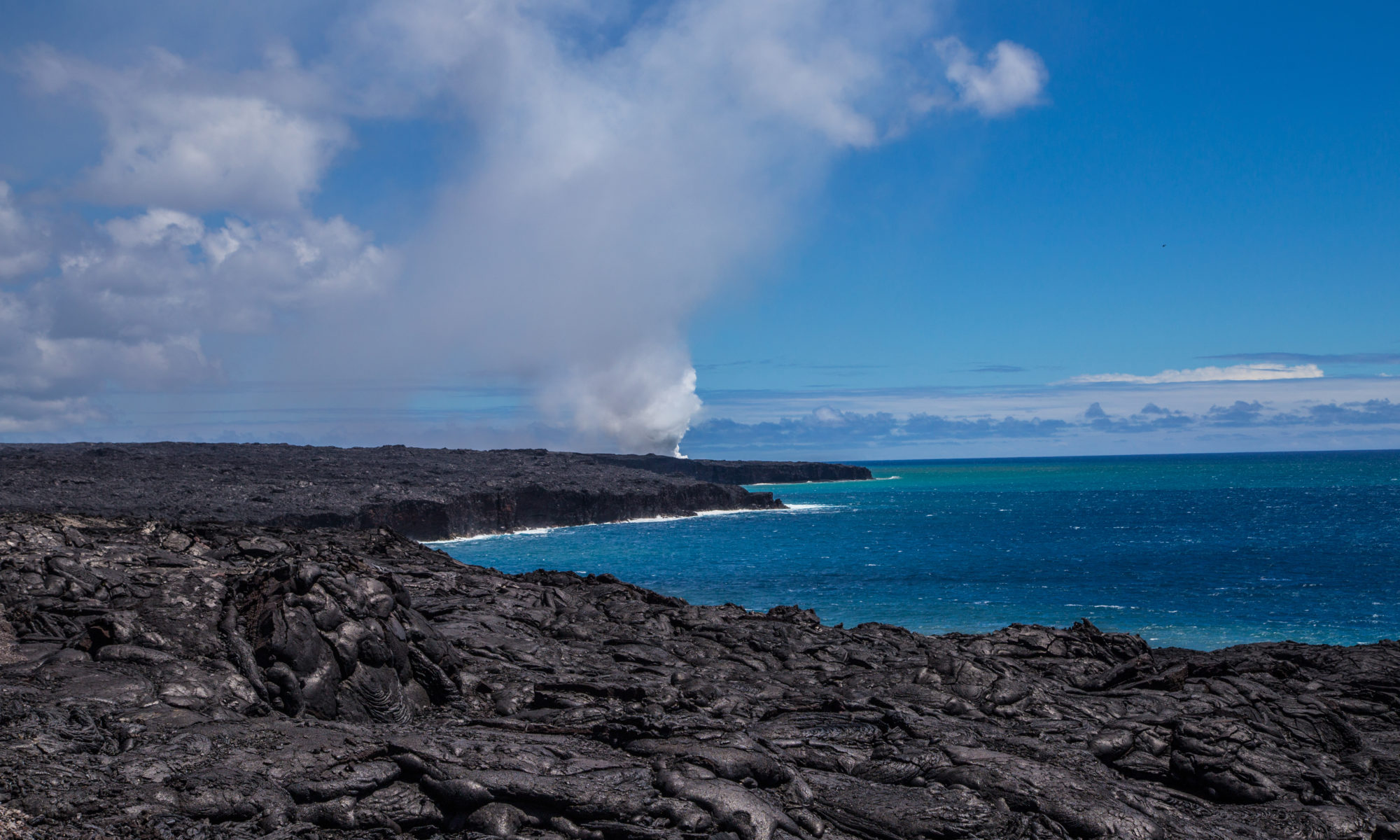Featured Image: Murky pond in Alaska with “rusty” iron-filled sediments. Image courtesy Jessica Buser. Used with permission.
Authors: Alina Mostovaya, Michael Wind-Hansen, Paul Rousteau, Laura A. Bristow, Bo Thamdrup
The table has been set and the food is all prepared. But this is no ordinary dinner party, it’s a microbe party! The guests sit down and proceed to dig into the main course; sulfur, rusty iron, and methane. Curiously, the guests are feeding each other, not themselves! This image seems pretty weird to us humans, but it’s a delight to these microbes. This collaborative method of eating occurs in pond and lake mud all around the world. In a new study, Mostovaya and colleagues describe one such feast in Danish Lake Ørn, that is not only collaborative but may mitigate climate change.
Continue reading “Metal-Eating Microbes Who Breathe Methane”

